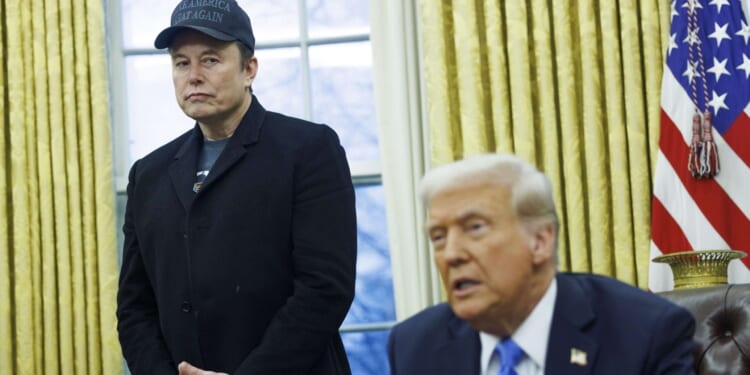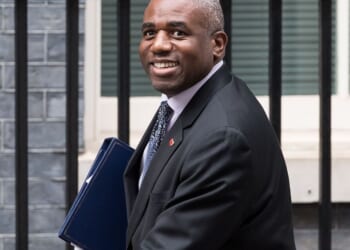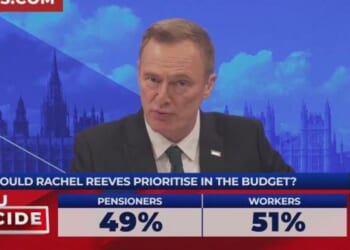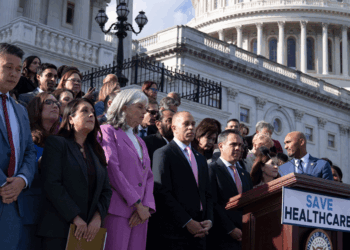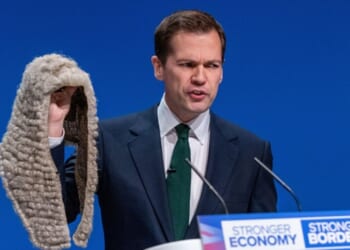President Donald Trump returned to the White House with a promise to slash spending by trillions of dollars and balance the federal budget.
But, as the first fiscal year of his second term came to a close, progress had not been made on either of those goals.
Despite the high-profile efforts of Trump’s Department of Government Efficiency (DOGE), the 2025 federal fiscal year ended with the federal government having spent more money than it did in the previous fiscal year, the Congressional Budget Office (CBO) reported this week. For the fiscal year that ended on September 30, the federal government spent a little more than $7 trillion, a $301 billion increase from FY 2024.
Because tax collections climbed by $308 billion over last year’s total, the overall budget deficit fell by a scant $8 billion—but the government still spent $1.8 trillion more than it collected in taxes, according to the CBO’s data. To put that $8 billion reduction in context, the federal government spends about $19 billion per day.
In short, the best thing that can be said about Trump’s first nine months in charge of the federal government is that the deficit didn’t get worse. That’s praiseworthy, but still falls well short of what Trump (and his one-time ally Elon Musk) promised would happen.
The CBO’s end-of-year report helpfully spells out which parts of the federal budget saw the biggest year-over-year spending increases. Overwhelmingly, and unsurprisingly, the biggest increases were for the so-called entitlement programs: Social Security, Medicare, and Medicaid. For those three programs, spending increased by a combined $245 billion.
Other big spending increases were recorded by the Pentagon ($38 billion) and the Department of Veterans Affairs ($41 billion), where the increase was driven by the rising cost of health care facilities. Interest payments on the national debt rose by $80 billion compared to the previous fiscal year’s totals.
Overall, the CBO’s report serves to underline the same fiscal reality that plagued the DOGE project: Cutting silly government contracts and foreign aid might be a worthwhile effort, but that won’t make a dent in the budget deficit. Any serious effort at fiscal reform has to focus on the areas of the budget that are growing year over year—which, realistically, means looking at entitlement programs.
The first nine months are not the final word on Trump’s second term, of course. One could also argue that spending would have grown by even more if not for DOGE’s effort or if Trump had not been president. Those counterfactuals are impossible to disprove, but they are also besides the point: Trump did not promise to limit spending growth—he declared, in a scripted address to Congress, that he would balance the budget. That’s the standard he has set for himself.
There are plenty of reasons to be skeptical that anything will change in the next three years. For one, Trump’s track record after nearly five years as president does not suggest he cares very much about actually cutting spending. The coming years will also bring greater headwinds to any attempts at reducing the deficit. That’s due in part to the expected increases in entitlement spending, as well as the fiscal effects of the One Big Beautiful Bill Act, which extended and expanded the 2017 tax cuts in ways that will likely add to the deficit.
As the new fiscal year begins, cutting spending and reducing the deficit ought to be top priorities for the Trump administration and Republican members of Congress. The last nine months demonstrate how difficult those tasks will be.

